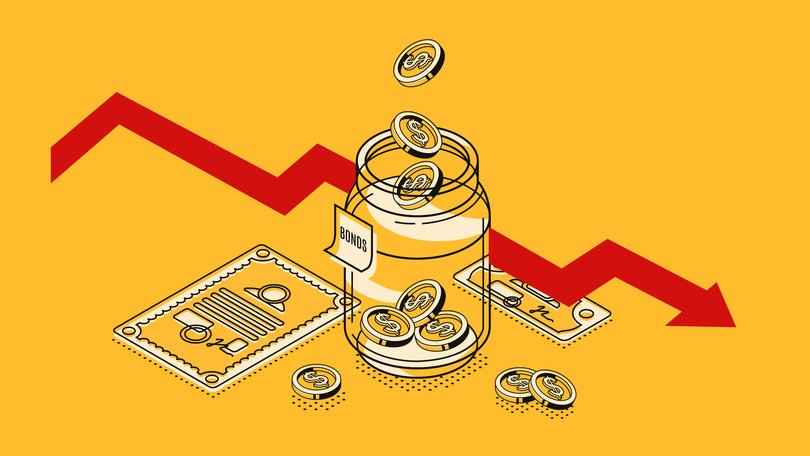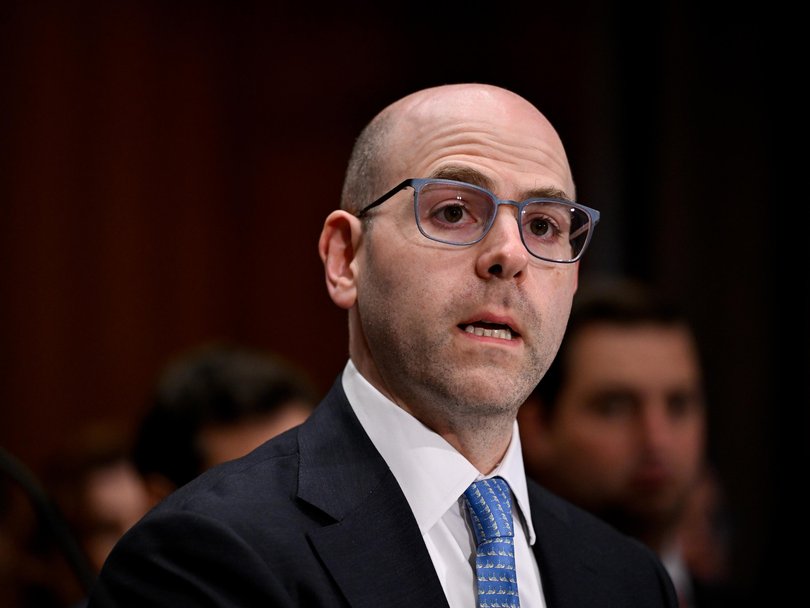THE ECONOMIST: Falling interest rates and the bond market outlook as investors watch bond prices

In normal times the year ahead would look like a good one in which to hold government bonds. Central banks, including America’s Federal Reserve, have been cutting interest rates. Global growth has slowed and China is suffering from deflation. America’s stockmarket valuations have reached extraordinary highs from which it is difficult to imagine further gains. Aren’t bonds the better bet?
And yet the world is in a fiscal mess. In 2026 advanced economies’ debt-to-GDP ratio will exceed 110 per cent. Despite tariff revenues, America’s government will probably borrow at least 6 per cent of GDP. As central banks have cut interest rates in recent years, long-term yields, which move inversely to prices, have not always co-operated. Even low-rate Japan does not look safe any more. Its 30-year yield recently hit an all-time high.
A fiscal accident in one of the world’s major economies is becoming more likely. The most vulnerable such country is France. It combines high public debt, a big budget deficit and high taxes, leaving minimal space to raise taxes without hurting growth. Relatively modest attempts to reduce borrowing have failed. The country is now on its fifth prime minister in two years as it grapples with an intractable budget.
Sign up to The Nightly's newsletters.
Get the first look at the digital newspaper, curated daily stories and breaking headlines delivered to your inbox.
By continuing you agree to our Terms and Privacy Policy.Dangers loom in America, too. In May 2026 US President Donald Trump will replace Jerome Powell, the chair of the Federal Reserve.
One of the frontrunners, Chris Waller, was appointed to the Fed board by Mr Trump in 2020, and argued in mid-2025 for early interest-rate cuts. He is a serious economist and no stooge: his forecasts have proved notably prescient more than once.
Presidents have appointed monetary doves like Mr Waller before, only to be disappointed by their steadfast commitment to fighting inflation once in office. The more credible the Fed’s commitment to its inflation target remains under its new chair, the likelier it will be that America’s long-term bond yields fall if the central bank cuts short-term rates.
Yet it is not just Mr Waller who matters. The surprise departure of one governor has already opened a seat on the Fed’s seven-strong board which President Trump has filled, for now, with Stephen Miran, one of his economic advisers.

That seat must be filled again in January 2026. Mr Trump’s attempt to sack Lisa Cook, another governor, which is held up in the courts, could yet free up another position.
And when he leaves the Fed chairmanship Mr Powell will have to decide whether to continue as a governor.
If Mr Powell leaves the Fed entirely, Mr Trump could have three seats to fill, giving him considerable influence.
Whatever happens at the Fed, America’s inflation rate will rise because of Mr Trump’s tariffs, the effects of which are still working through the economy. Though most economists think it will fall back eventually, it may take a while — long enough, combined with threats to the Fed, to worry bond investors.
Elsewhere inflation is more contained (Britain is a notable exception). But even countries in which price rises are under control face a world of scarcer capital and, therefore, higher interest rates. Central banks have been reducing their bond holdings as they unwind their quantitative-easing schemes. Pension funds, especially in Britain, have been reducing their own stakes in the bond markets, too.
Meanwhile, America’s tech giants are guzzling capital and sinking it into infrastructure for artificial intelligence. If equity markets are close to being right about AI’s economic impact, it should raise investment across the board. Because capital markets are global, this capital-expenditure spree will push up rates everywhere, causing pain for governments even in countries that do not adopt AI.
A capital shortage makes borrowing more expensive, which in turn raises the possibility of a panic over sovereign debt that pushes up risk premiums, too. When Britain faced such a sell-off in 2022, the government corrected course.
But as in France, many politicians are fending off populist challenges that make belt-tightening difficult. Western politics is fraught, and perhaps not prepared for the battle over resources that is coming when governments discover they must, eventually, live within their means. Bond investors have to hope that the threat of a crisis will focus minds.
Originally published as Interest rates will fall in 2026. But will bond yields fall, too?
